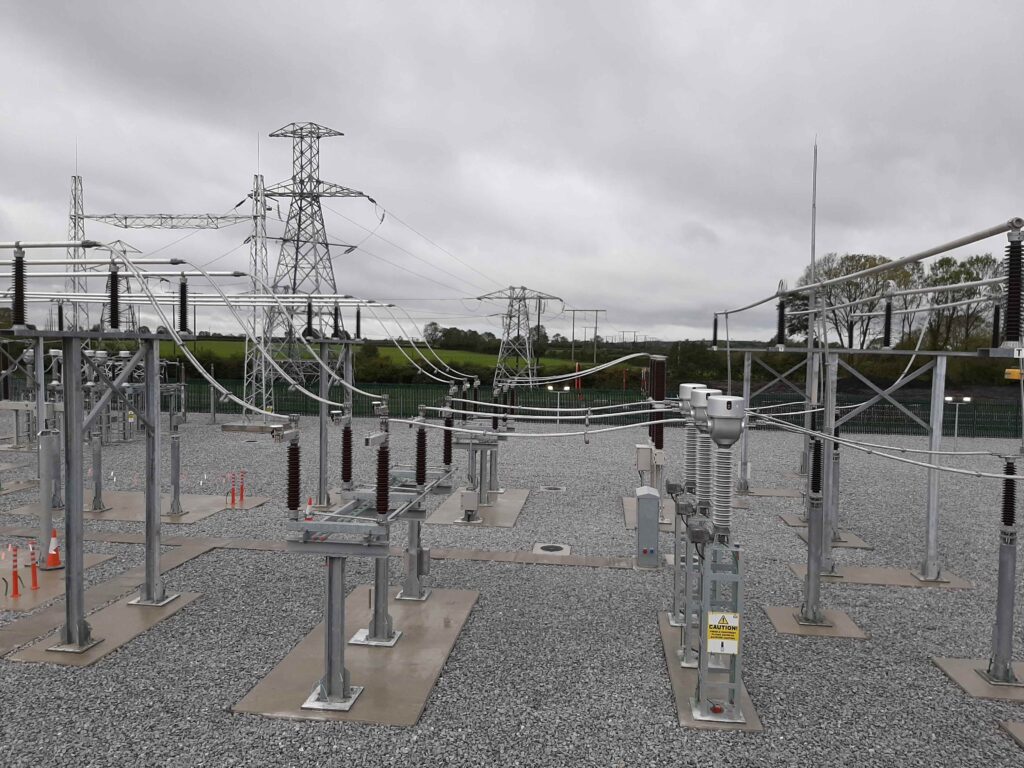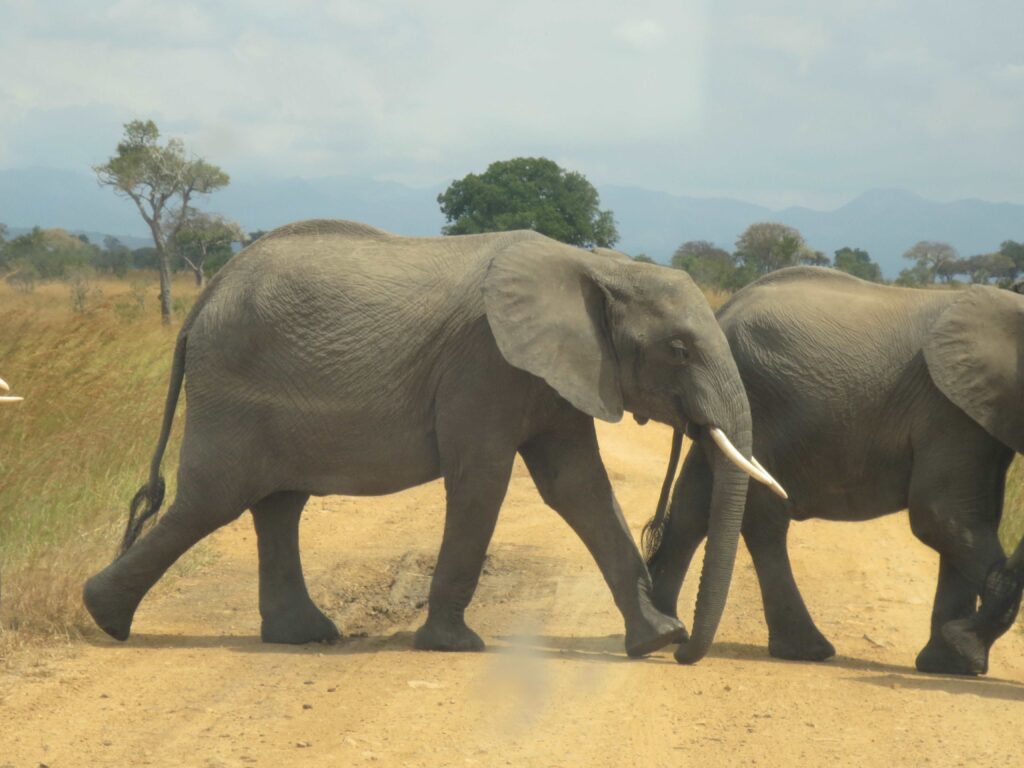People Spotlight: Meet Barry Wall
Our People Spotlight series gives you an inside look at our technical experts around the world. This week, we are highlighting a technical director from our Energy business in Ireland, providing an insight into their inspiration and work.
Barry is a chartered electrical engineer with over 18 years of experience in the high voltage transmission and distribution sector. He leads the growth and day-to-day business of our transmission and distribution (T&D) consultancy business unit in Ireland, working with major utilities, asset owners, operators and other key sector clients.
With a background in the feasibility, design and implementation of large-scale energy infrastructure projects, Barry leads teams in Dublin, Cork and the United Kingdom in collaboration with our global business and local partner.
What inspired you to join the industry?
From a young age, I have always been interested in building and construction, from creating entire Lego cities to building treehouses and dens on the local green. I also had a keen interest in problem solving and creating viable solutions to difficult technical problems — this set me on a pathway to studying engineering in college.
When it was time to select a specialty, I was influenced by my father, who spent 35 years working in ESB, a state-owned electricity company operating in Ireland. So, electrical engineering was the only option for me. When I finished college, I spent over nine years designing high voltage substations for ESB before I made the move to AECOM.
From a young age, I had a keen interest in problem solving and creating viable solutions to difficult technical problems — this set me on a pathway to studying engineering in college.”
What is your favourite AECOM project that you’ve worked on and why?
One of my favourite projects is a large-scale infrastructure project for a large-scale energy utility. The project required the design of a high voltage substation and associated high voltage cable route to enable an offshore wind farm connection to the transmission system. The project initially started off as a small commission but, over a short period, it grew into a large multidisciplinary project that required input from several design teams and specialists across our UK and Ireland business.
The increase in scope was due to the challenging nature of the overall project, which only really became clear as the project progressed. For example, the proposed substation site was smaller than utility requirements, meaning it was difficult to safely position all the necessary high voltage electrical equipment. The site was also heavily contaminated and in proximity of a major river. I worked closely with the client to understand the challenges and bring in specialists from across the business to provide guidance and ultimately, feasible solutions.
Another challenge that arose was the 220-kilovolt cable crossing of the M11 motorway, which required the design of a trench under the motorway using a horizontal directional drill to allow the cable to pass under. We worked closely with our colleagues in the Transportation and Water business lines to develop a solution that could both be physically installed given the site constraints and, at the same time, satisfy the current carrying requirements of the cable set by the utility.
The most rewarding aspect of this project was working with so many new teams in AECOM, the majority of which had never worked on a T&D project before, all bringing their unique experience to add value to the project. The outcome of this collaborative approach was the delivery of the first permitted onshore element of an offshore scheme in Ireland.
When complete, the scheme will provide up to 800 megawatts of clean renewable energy to the Irish transmission system.
The most rewarding aspect of this project was working with so many new teams in AECOM, the majority of which had never worked on a T&D project before, all bringing their unique experience to add value to the project. The outcome of this collaborative approach was the delivery of the first permitted onshore element of an offshore scheme in Ireland.”

Tell us a story of how your work positively impacted the community.
Several years ago, I was lucky enough to work on the Millennium Challenge Account–Tanzania (MCA-T) as a consulting engineer, supervising the construction works.
This project consisted of a 132-kilovolt subsea interconnector, distribution networks rehabilitation and extension in six regions of Tanzania as well as substations rehabilitation and expansion works (220 kilovolt to 11 kilovolt) in seven areas together across Tanzania.
During the project, I met numerous residents and business owners who benefited directly by the rural electrification that this project was delivering, many of whom relied on generators for electrical power and, in some cases, did not have access to electricity at all.”
I provided in-country oversight of the high voltage commissioning works, working directly with the designer and commissioning team while living and working across five different rural locations in the country. During the project, I met numerous residents and business owners who benefited directly by the rural electrification that this project was delivering, many of whom previously relied on generators for electrical power and, in some cases, did not have access to electricity at all.

Share a piece of career advice.
Celebrate your achievements and embrace your mistakes. Accepting, understanding and learning from your mistakes is key to developing as an engineer and, ultimately, as a people manager.
We would all love to have a crystal ball to see how projects will turn out, but, unfortunately, we don’t! If something challenging happens on a project, work with those around you to find a solution that works for everyone — and most importantly, share your lessons learned with others so they can avoid making the same mistakes in the future.






